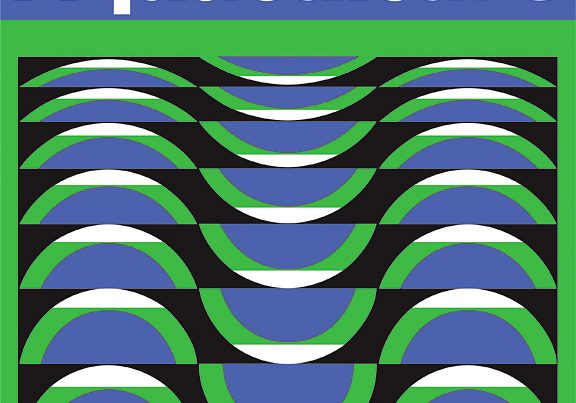Document type: scientific article published in Animals
Authors: Anastasiya Ramankevich, Karolina Wengerska, Kinga Rokicka, Kamil Drabik, Kornel Kasperek, Agnieszka Ziemiańska, Justyna Batkowska
Preview: The aim of this study was to evaluate the indicators of the behavioral and physiological welfare of Japanese quails (Coturnix japonica) as possible responses to the enrichment of the birds' habitat. The study sample consisted of 280 Japanese quails (224 ♀ and 56 ♂, respectively). Birds of 5 weeks of age were randomly divided into seven equally sized groups and then divided into replication subgroups (four per group, 10 birds in each replication). Birds were maintained in 0.5 m2 cages with unrestricted access to water and food. The experimental factor was the presence or absence of enrichment of the birds' cages: the nest box, scraper, plastic corrugated pipe (tunnel), limestone cubes, sandbathing box and feeder box with a drilled cover. Quails were subjected to behavioural tests (tonic immobility and open field tests) and, after 6 weeks, blood samples were taken from them to determine their biochemical indices as well as their cortisol and corticosterone levels. An additional element was the assessment of fertility indices. The presence of enrichment was shown to reduce behavioural disturbances in Japanese quails. This study also found that the colour and shape of an object were very important regarding the birds' interest in it. Additionally, individuals kept in enriched cages, who were allowed to exhibit their natural behavioural patterns, had lower stress levels.




